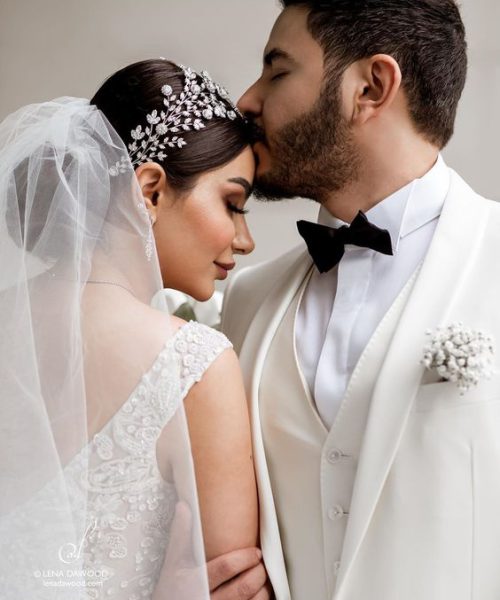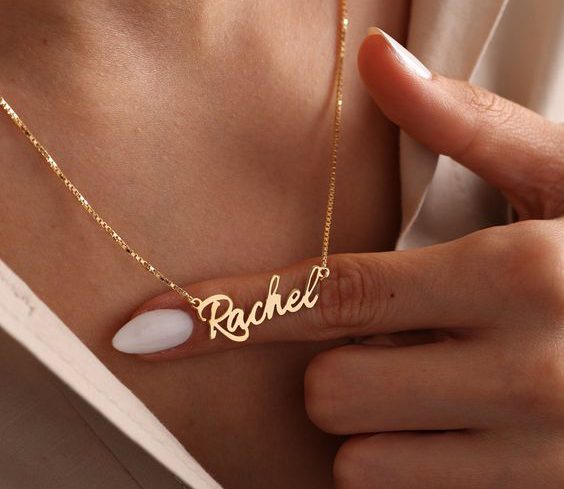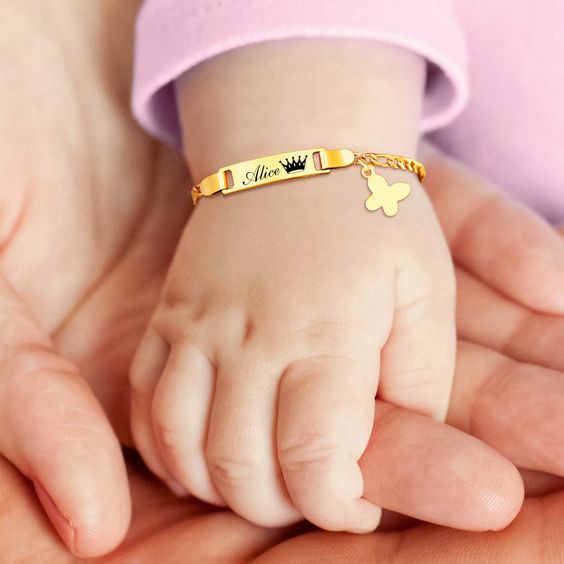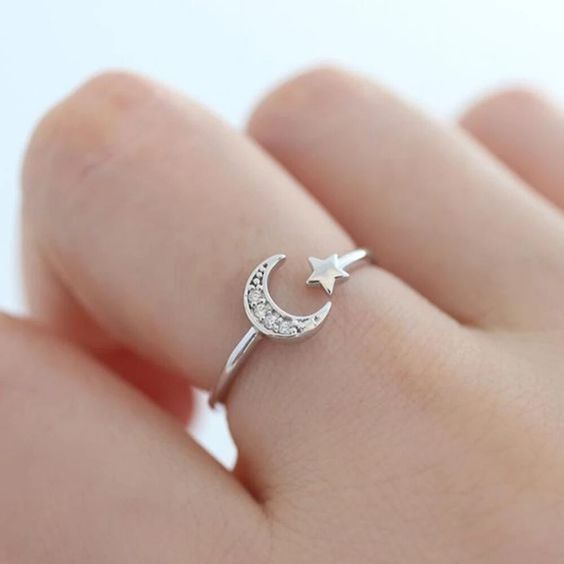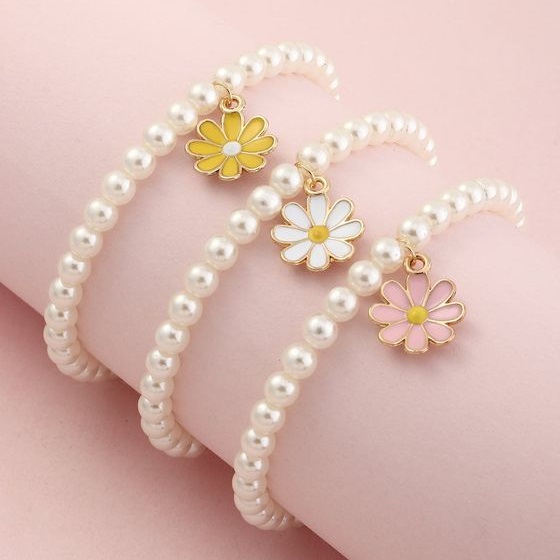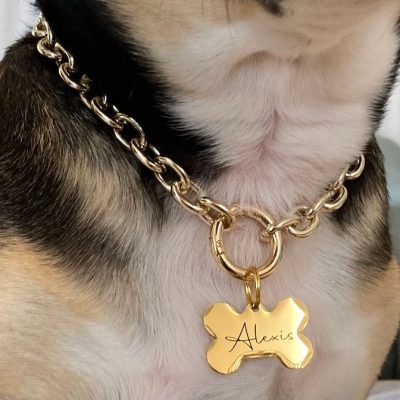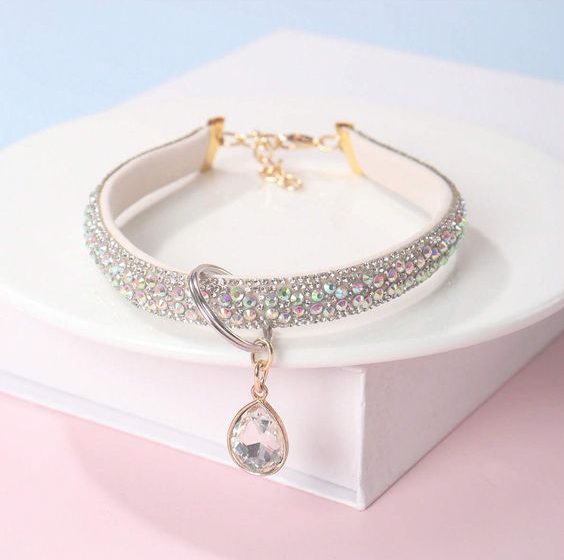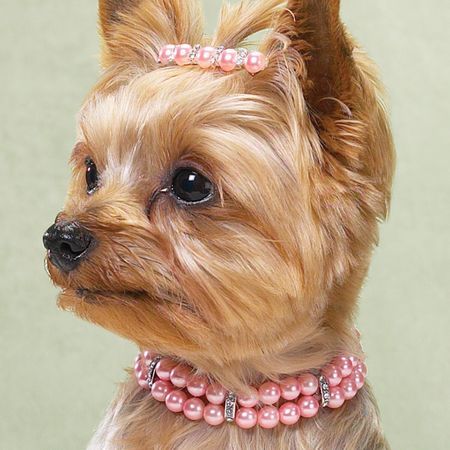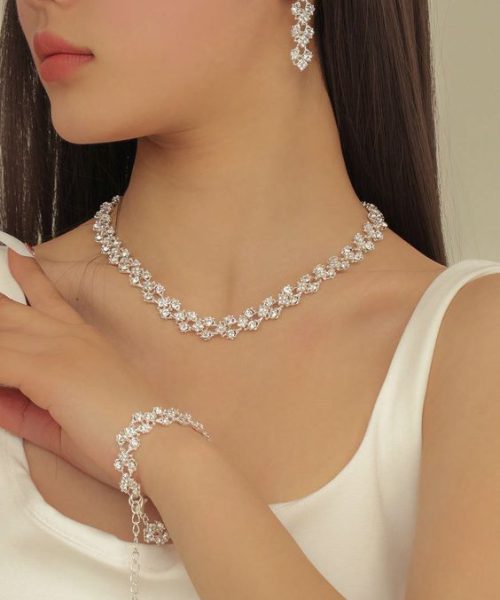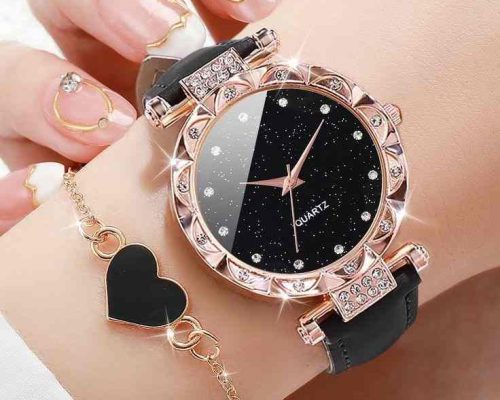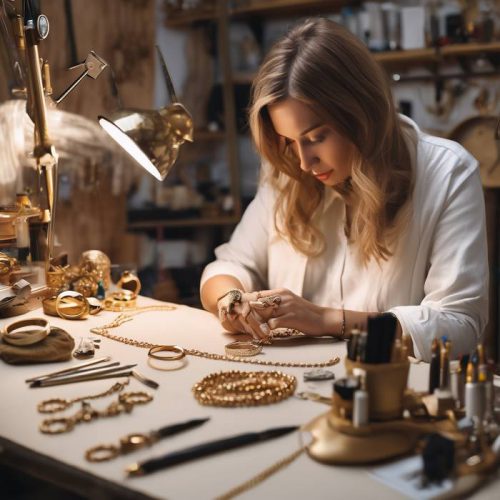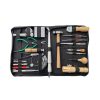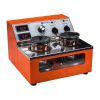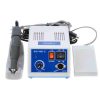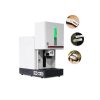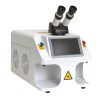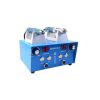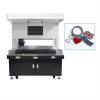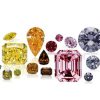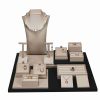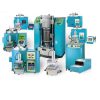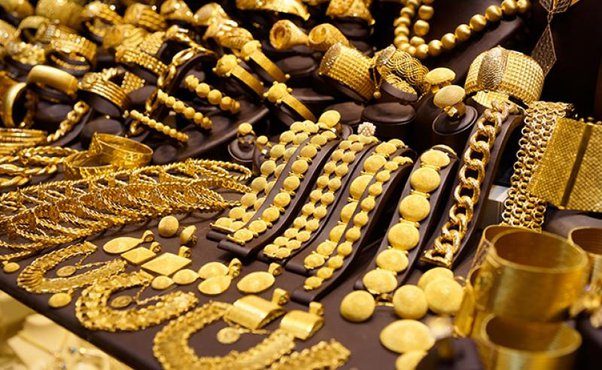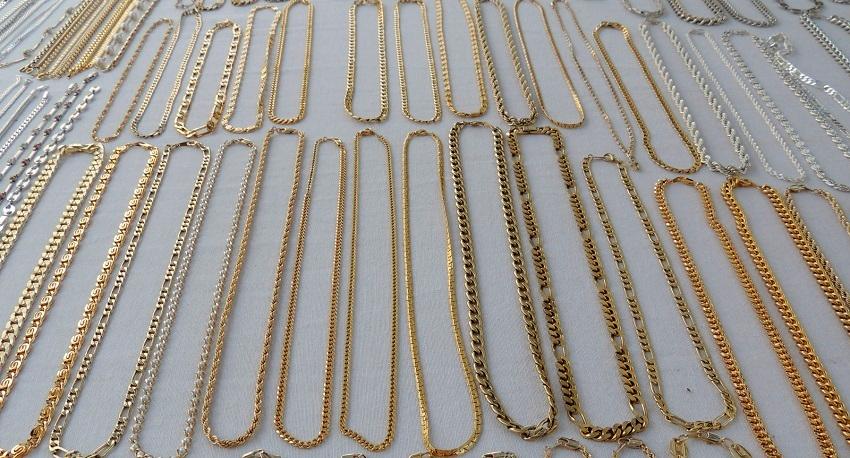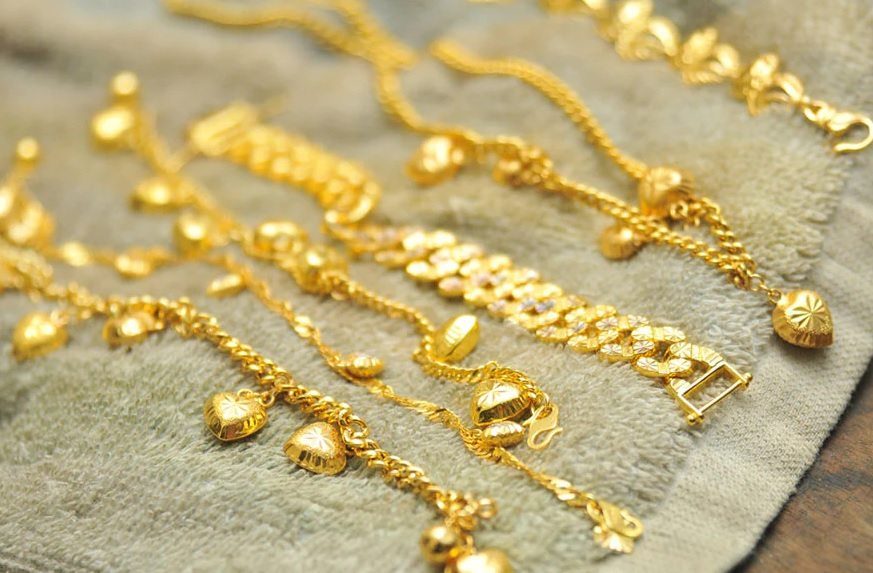Gold plating is a process in which a thin layer of gold is applied to metals such as silver, steel or copper, making the jewelry look like gold. Gold plating means placing a light gold coating on another metal. Then you can have a gold necklace or ring without paying for “real” gold.
Gold plating comes in many different quality levels and most of it is due to the purity of the plating. It can also vary based on the quality of the base metal being plated. This is something to keep in mind.
Page table of contents
Step 1: Surface preparation
The metal surface to be plated must be very clean, so any oils or dirt must be removed and the piece must be polished. Surface preparation can include stripping, polishing, sandblasting, rolling, etc. The use of solvents, abrasives, alkaline cleaners, acid, water or a combination of them can be used. Common methods for cleaning are acidic or non-acidic ultrasonic bath and high rpm wheel polishing.
Step 2: Cleaning
After the surface is prepared and a visual inspection is performed, electrical cleaning, ultrasonic cleaning, or steam cleaning is usually performed. This second, deeper and more detailed step must be performed to ensure that the metal is free of oil and dirt, we must say that the cleaner the surface the better the plating results. Steam cleaning removes any residual oils left behind during the polishing process.
Step 3: Rinse
At this stage, the part in question is completely washed with water to remove the cleaning material.
Step 4: Impact layer
Then, in this step, a layer of buffer, which is usually made of nickel, is applied to the metal that is going to be plated. This works to improve the bond between the plating material and the substrate of our desired surface.
Step 5: Additional washing
After the impact layer is added, the part will be rinsed again to remove the cleaning agent.
Step 6: Base coat
At this stage, additional layers of coating will be added to the base material. There are usually several plating layers (copper, nickel and gold) on a particular piece.
Step 7: Final coating
Here the time, temperature and voltage must be carefully controlled, the part is immersed in the plating solution to absorb the gold or final metal ions that appear on the surface. Different metals require different voltages and temperatures.
Items to be plated hang from a cathode rod, which is a pole through which a negative electrical charge passes. The pieces of jewelry attached to the cathode strip are also negatively charged. When the gems are immersed in the tank, an electrical charge is introduced and the negatively charged gems absorb the positively charged ions in the solution. Positively charged metal ions are immersed in the solution. When the cathode rod is lowered into the liquid, the metal jewelry is plated. The plating thickness can be controlled by adjusting the immersion time in the plating tank.
Step 8: Final wash
After the final coating step, we have to wash the parts with water and this is our final washing step.
Step 9: Drying
Next, the parts should be hung to dry. This step should be done carefully so that the parts do not collide with each other and do not stick together.
Step 10: Check and repeat if necessary
At the end, check the part and if needed, you can repeat the steps if necessary. It should be noted that sometimes, the immersion step in the plating metal must be repeated. This work is in order to improve the bond between the electroplating and the lower surface of the desired part, sometimes a layer of buffer should be applied between them. After that step, washing and drying should be done.
Leopard gold workshop (Kiyanoosh Zarrintakht) is a jewelry manufacturer in Switzerland, Canada and America. Contact our experts to order the jewelry you want for any memorable event and receive the most beautiful design and the highest quality jewelry.
Follow the most up-to-date and attractive jewelry content in Leopard Jewelry.



























